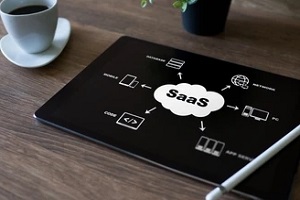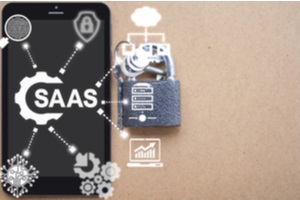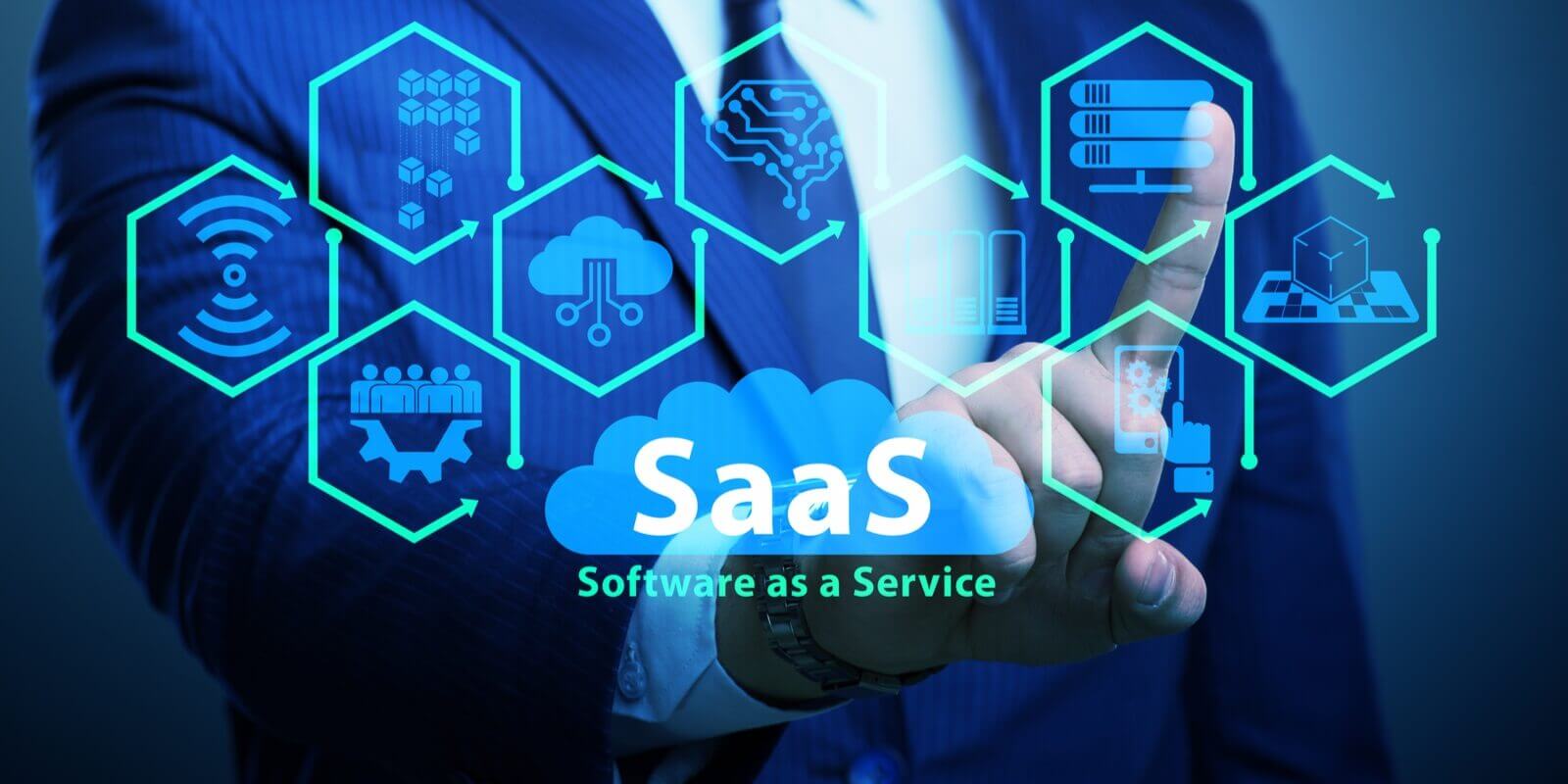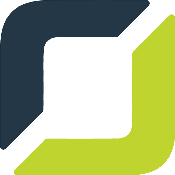Software as a service or SaaS is a reliable way to use cloud-based apps on the Internet. Companies purchase SaaS applications from cloud service providers on a pay-as-you-go basis. SaaS also requires high cybersecurity from cyberattacks and data breaches like other cloud services.
According to the Identity Theft Resource Center’s Data Breach Report, there were 1,862 data breaches in 2021. This statistic shows that cybersecurity attacks have increased over 65% in the course of a year. At this rate, data breaches will keep expanding and damaging companies’ reputations.
Therefore, as a SaaS applications user, you must work with app makers and service providers with a good security policy.
Importance Of SaaS Security
The security of SaaS applications is a significant issue that needs to be addressed by every business. A 2021 IBM report showed that a data breach costs businesses $4.24 million on average. In addition to money, a breach in SaaS applications security results in:
- Productivity loss
- Penalties for noncompliance
- Damage to company reputation
- Recovery cost
- Legal costs
- Sales lost
 Clients prefer to conduct business with companies that can protect their confidential information from hackers. So, it is easier to say that the cost of applications security breaches is higher than any company can afford. This is because breaches negatively affect the company’s reputation in the industry, resulting in a loss of sales as clients don’t want to associate with an unreliable company.
Clients prefer to conduct business with companies that can protect their confidential information from hackers. So, it is easier to say that the cost of applications security breaches is higher than any company can afford. This is because breaches negatively affect the company’s reputation in the industry, resulting in a loss of sales as clients don’t want to associate with an unreliable company.
Ignoring SaaS security policies brings disastrous results, so you need to invest in an IT team with a strong emphasis on cybersecurity. A robust IT squad secures your company’s infrastructure and safeguards sensitive data from risks of security breaches.
Moreover, the new shared responsibility model requires government and industries to share the responsibility of cloud and SaaS applications’ security. The application provider is responsible for:
- The physical infrastructure of SaaS applications
- SaaS applications network
- SaaS applications’ operating system
Meanwhile, the client has to secure and manage data and digital identity.
The shared responsibility of SaaS applications also causes role confusion for businesses. Due to the rapid increase in SaaS applications, service providers cannot comply with the demand of new cyber challenges. This puts data security at risk because companies are unclear about their role in ensuring SaaS applications’ data security.
5 SaaS Security Risks To Discuss With Your SaaS Supplier
When you are receiving services from a SaaS supplier, there are multiple risks you need to discuss beforehand. Those SaaS application security risks are:
SaaS Application Access Management
SaaS application access is critical because of the private and sensitive data stored in the SaaS application. You need to discuss application access and management with the SaaS supplier. So, ask your supplier about the design of access control systems to determine if any flaws can allow access to information on your cloud to the public.
Make sure that no security issues arise from poor patching and lack of monitoring.
Complex And Customized Configurations
A company uses an average of 110 SaaS applications, and each application has its unique configurations to ensure better application control. This requires a complex and customized configuration system that adjusts according to the SaaS application and boosts the application’s functionality.
Having a consistent configuration is essential to maintaining SaaS applications’ security. In addition, every company uses a SaaS application according to their organization’s needs. That is why manually customizing app configuration is a lengthy and overwhelming process, even when you have an experienced IT security team.
A properly configured application delivers excellent value that is impossible to attain with a default setting. Additionally, the default configuration can conflict with the organization’s security and compliance requirements because it interacts with other SaaS apps and internal systems.
Therefore, it is difficult to detect irregularities and investigate weak structures across applications. But you can avoid these security drawbacks by communicating with your SaaS provider and customizing security configurations.
Disaster Recovery
Disasters are a common occurrence when working online on the cloud. These disasters come in many forms, such as hacking, calamities, damage to physical infrastructure, or a power shortage. After these situations, companies mainly lose their sensitive data. It would be best to have a disaster recovery plan to ensure your company’s vital data remains protected in unexpected situations.
 So, it would help if you discussed your disaster recovery plan with your SaaS supplier. Ask them what measures they take to ensure your data is completely recovered in a natural disaster or other calamities.
So, it would help if you discussed your disaster recovery plan with your SaaS supplier. Ask them what measures they take to ensure your data is completely recovered in a natural disaster or other calamities.
In 2021, 37% of global organizations fell prey to ransomware attacks, and the FBI’s Internet Crime Complaint Center received 2,084 ransomware complaints. Hackers seize control of your cloud, computer, or SaaS application with ransomware attacks. After gaining control, they encrypt your sensitive data and demand a massive amount of money for a decryption key. But when you have a data recovery plan in place, you don’t need to pay ransomware as you can retrieve your files from your SaaS backup.
Data Possession
You are putting your sensitive and confidential information online when using SaaS applications. That is why you need to have a clear idea about who will have that data in their possession. You must be able to trust the provider that retains your data.
Check your SaaS supplier’s security and cloud data retention policy to ensure your data is always protected from the retainer. During the policy checkup, see who is enforcing it and whether there are any exceptions to it. Make sure that your data is completely protected according to the policy, and you work with a trustworthy SaaS application supplier.
Third-Party Application Integration
Third-party application integration with other SaaS applications enhances the applications’ functionality and capabilities. But in addition to the benefits, you also inherit some risks, such as improper exposure of sensitive data.
When you integrate third-party applications with your SaaS apps, it gives them permission to read, write, and delete any part of your sensitive data. They can also gain access to user groups, workspaces, or other areas in the network, as well as SaaS apps. As a result, you have no idea which applications will have access to your company’s cloud data system.
Even though you can restrict third-party apps’ access, it isn’t easy to know which applications are permissible for what actions and whether they can download more applications to the main server or not.
As users are mostly oblivious to what apps have access to their data, they need to discuss with their SaaS supplier in detail about third-party apps’ access. It is essential to have this discussion beforehand because it is almost impossible to learn about it later due to the lack of an overarching security monitoring platform.
3 Solutions For Overcoming Security Risks
SaaS applications have certain security risks, but you can counter them by using reasonable solutions. You may think that basic firewalls and security tools are enough to manage those security risks, but that is not true. You need a well-planned system that you can achieve by following these steps.
Risk Assessment
It is necessary to conduct an adequate risk assessment to overcome SaaS apps’ security threats. An effective risk assessment is based on:
- Identifying the right technology assets and data
- Recognizing the suitable data storage space
- Finding the link between data storage and business processes
- Identifying the connection of data storage and business processes with other internal applications
- Conducting regular security audits
- Addressing any new issues identified in regular security audits
The primary reason for a regular risk assessment is that it saves your cloud storage system from cyberattacks. If one app is at cyber risk, it will automatically spread to other connected applications.
Therefore, the best thing to do is to separately assess the risk of all SaaS applications for risk configuration, compliance, and monitoring access credentials for any foreign behavior.
SaaS Security Checklist
A SaaS security policy checklist helps ensure that you have covered every element during the security check, and no stone has been left unturned. With this checklist, you will cover all bases, and no surprise threat can harm your cloud storage system.
Another benefit of the SaaS security policy checklist is that you can find out whether your SaaS supplier is trustworthy or not. This checklist is based on all your business objectives. It acts as a checkpoint while selecting your SaaS app provider. Therefore, you can thoroughly review the cloud service security when buying the apps and later testing the system.
SaaS Security Awareness
 It is not a common practice of businesses to provide SaaS security awareness to their employees. When employees are not well-informed about SaaS security policy, they cannot identify the threats immediately.
It is not a common practice of businesses to provide SaaS security awareness to their employees. When employees are not well-informed about SaaS security policy, they cannot identify the threats immediately.
Launch awareness campaigns that teach how to prevent security mishaps. Due to the lack of a SaaS application security awareness program, your employees cannot learn where your data is exposed to security risks (i.e., social engineering attacks, phishing scams, and inadvertent leaks of confidential data).
However, instead of only organizing security training sessions, provide proper cloud security so that your employees can identify, diagnose, and repair any SaaS security threats.
Get Industry-Leading SaaS Security Solutions From A Market Leader
SaaS applications help provide your services on the internet. Due to constant online exposure, these apps are vulnerable to cybersecurity threats. Instead of putting your sensitive data at the risk of cyber threats, consult with a professional SaaS development team that is an expert in providing high-class SaaS security. With their help, your confidential and sensitive data is always protected from cyber threats.






